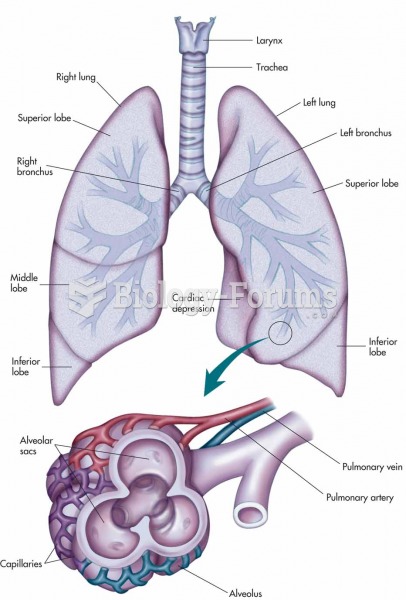Answer to Question 1
Correct Answer: 1
Rationale 1: One of the ways that resistance occurs against fluoroquinolones is by a mutation to DNA gyrase, decreasing the effectiveness of the fluoroquinolone.
Rationale 2: There is nothing that indicates that this client is infected with an extremely resistant organism.
Rationale 3: Resistance to one fluoroquinolone usually confers resistance to other fluoroquinolones. Levofloxacin is also a fluoroquinolone.
Rationale 4: Although it is possible that improper use of a medication can increase the chance of resistance, it does not fully explain this resistance.
Global Rationale: One of the ways that resistance occurs against fluoroquinolones is by a mutation to DNA gyrase, decreasing the effectiveness of the fluoroquinolone. There is nothing that indicates that this client is infected with an extremely resistant organism. Resistance to one fluoroquinolone usually confers resistance to other fluoroquinolones. Levofloxacin is also a fluoroquinolone. Although it is possible that improper use of a medication can increase the chance of resistance, it does not fully explain this resistance.
Answer to Question 2
Correct Answer: 2
Rationale 1: A change in bacterial cell wall permeability, the development of resistance pumps, and mutations to DNA gyrase contribute to resistance to fluoroquinolones.
Rationale 2: Fluoroquinolones do not bind with the enzyme DNA helicase. They bind with DNA gyrase, so resistance will occur from mutations to DNA gyrase.
Rationale 3: A change in bacterial cell wall permeability, the development of resistance pumps, and mutations to DNA gyrase contribute to resistance to fluoroquinolones.
Rationale 4: A change in bacterial cell wall permeability, the development of resistance pumps, and mutations to DNA gyrase contribute to resistance to fluoroquinolones.
Global Rationale: Fluoroquinolones do not bind with the enzyme DNA helicase. They bind with DNA gyrase, so resistance will occur from mutations to DNA gyrase. A change in bacterial cell wall permeability, the development of resistance pumps, and mutations to DNA gyrase contribute to resistance to fluoroquinolones.







